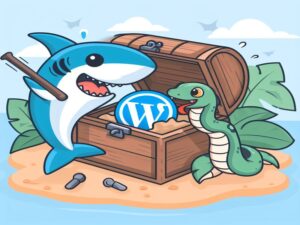- SQL Workbench: On-Demand DuckDB-Wasm With No Bill
- Discovering Data With AWS Glue
- Shark’s Summit Session
- WordPress Bronze Data Orchestration With AWS
- AWS CloudFormation IaC Generator Hands-On
- WordPress Data Extraction Automation With AWS
- Using Python & AWS To Extract WordPress API Data
- amazonwebshark’s Abandoned 2019 AWS Architecture
- Attitudes Towards Certification
Categories
- AI & Machine Learning
- Architecture & Resilience
- Data & Analytics
- Developing & Application Integration
- DevOps & Infrastructure
- Internet Of Things & Robotics
- Me
- Security & Monitoring
- Training & Community
AI & Machine Learning
Architecture & Resilience
- amazonwebshark’s Abandoned 2019 AWS Architecture

- Automating Application Management With Winget

- Can SQL Upgrades Be Avoided In The Cloud?

Data & Analytics
- SQL Workbench: On-Demand DuckDB-Wasm With No Bill

- Discovering Data With AWS Glue

- Using Python & AWS To Extract WordPress API Data

Development & Application Integration
- WordPress Bronze Data Orchestration With AWS

- WordPress Data Extraction Automation With AWS

- Stress-Free AWS Invoice PDF Administration With Power Automate

DevOps & Infrastructure
Internet Of Things & Robotics
Me
Security & Monitoring
- Building Strong Fundamentals With Microsoft’s SC-900

- Unexpected CloudWatch In The Billing Area

- Creating Security Alerts For AWS Console Access

Training & Community
Archive
- June 2024
- May 2024
- April 2024
- March 2024
- February 2024
- January 2024
- December 2023
- November 2023
- October 2023
- September 2023
- August 2023
- July 2023
- June 2023
- May 2023
- April 2023
- March 2023
- February 2023
- January 2023
- December 2022
- November 2022
- October 2022
- September 2022
- August 2022
- July 2022
- June 2022
- May 2022
- April 2022
- March 2022
- February 2022
- January 2022
- December 2021











